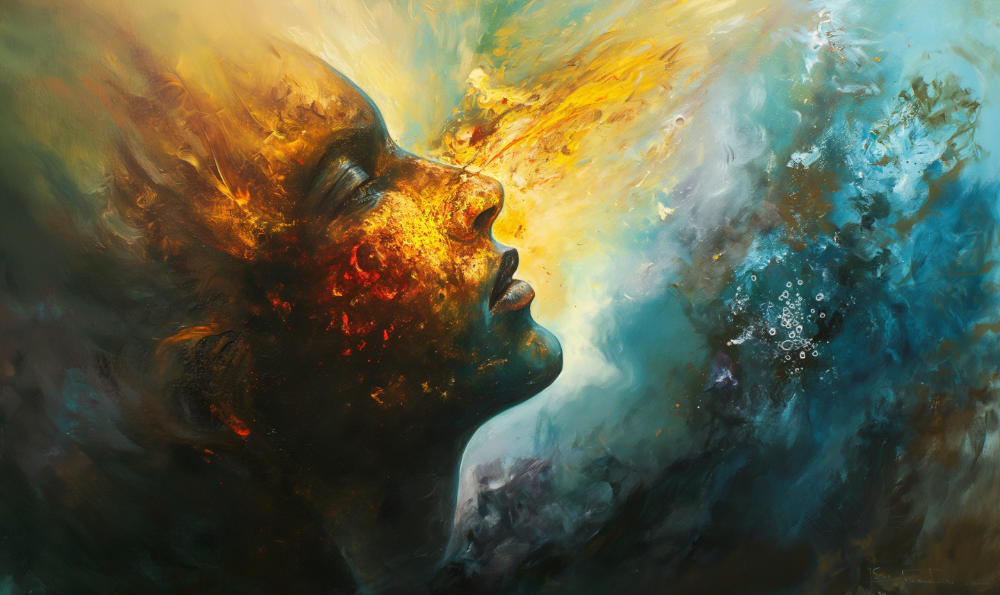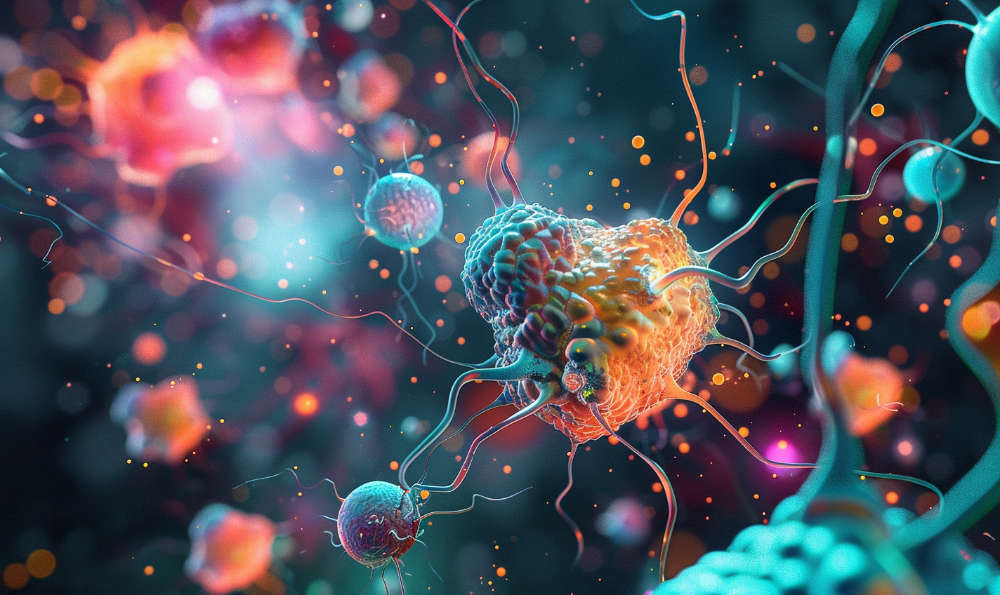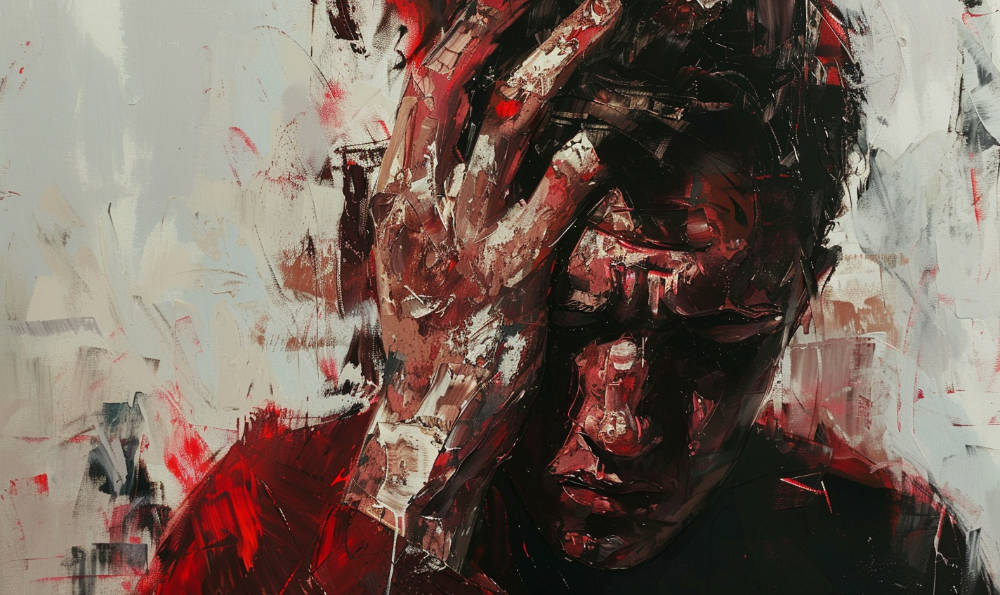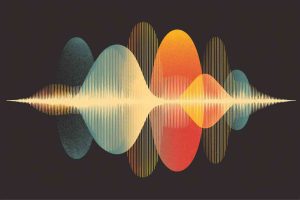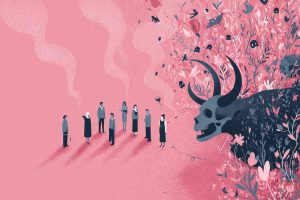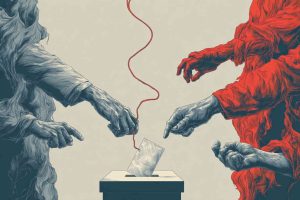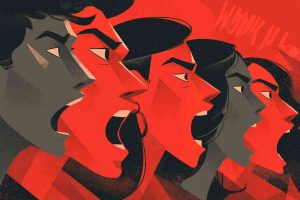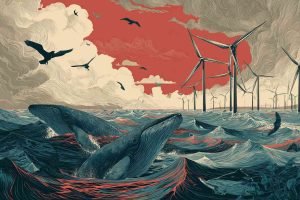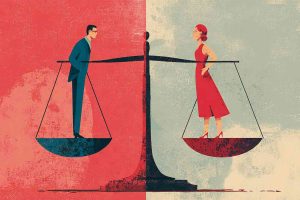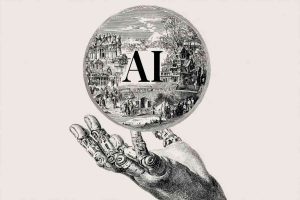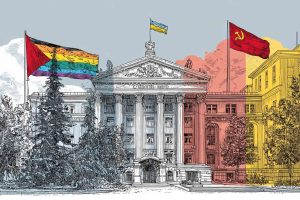Balance: the invisible axis of all things
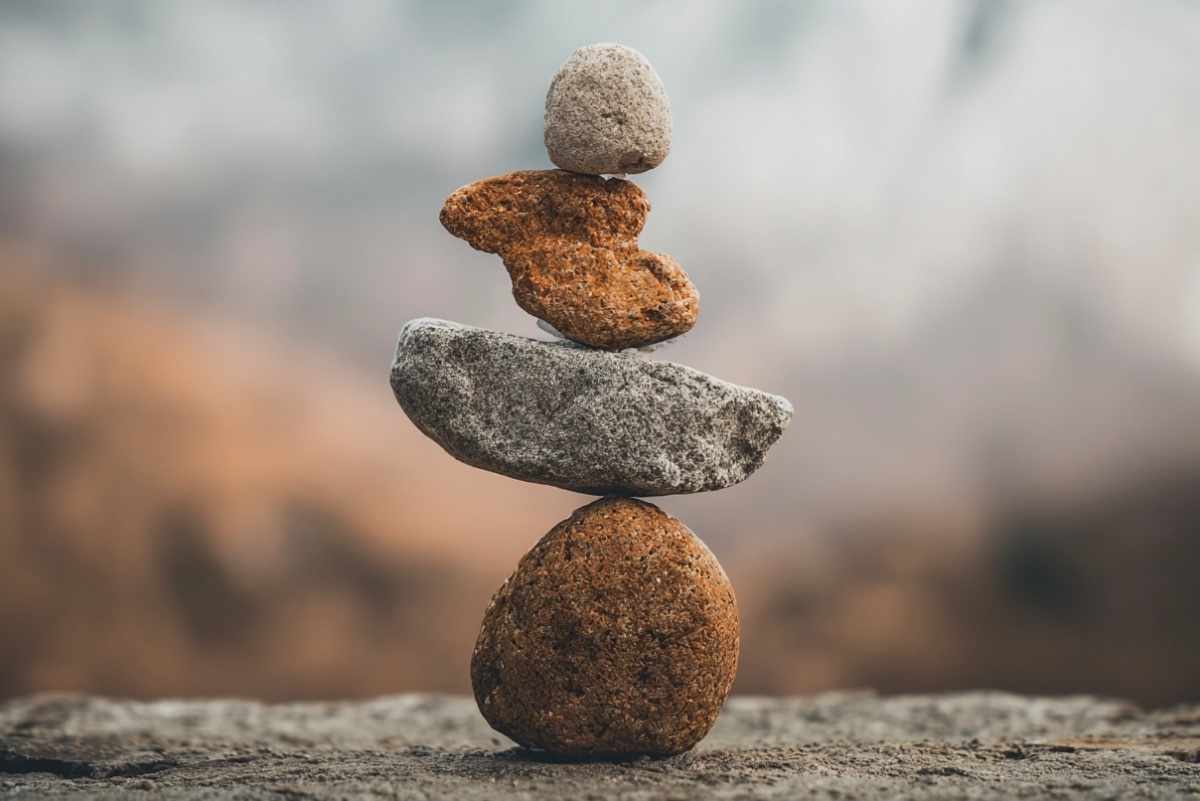
What does balance truly mean?
Balance is a word that appears everywhere, in conversations about health, work, politics, art, nature, and morality. But what is balance, really? At its core, it refers to a state in which different forces or elements exist in the correct proportion. It is not always a precise midpoint, but more often a dynamic equilibrium that prevents one side from overpowering the whole.
In physics, balance means a state of equilibrium, where opposing forces cancel each other out. In ethics, it can mean avoiding moral extremes. In everyday life, it often means not working too much, not resting too little, not giving too much, not receiving too little.
It is both a condition and a process. Something that can be reached, but more often something that must be constantly maintained and adjusted. The more we examine society, technology, or ecology, the more it becomes clear that balance is not merely an ideal, it is a prerequisite for sustainability and survival.
Balance in nature
Nature is the first domain where balance becomes visibly essential. Ecosystems function through a delicate balance between predators and prey, plants and herbivores, rainfall and drought. When this balance is disrupted, the system collapses or transforms radically.
The introduction of rabbits in 19th-century Australia is a textbook example. Without natural predators, they spread rapidly and decimated entire ecosystems (The Ecology of Invasions by Animals and Plants, Elton). In such cases, it becomes clear that balance in nature is not optional, but fundamental.
Even at the molecular level, balance governs everything. Cells maintain their internal environment through homeostasis. Too much or too little of certain substances leads to disease. Our breathing itself is a matter of balancing oxygen and carbon dioxide. The body is constantly working to restore disruptions, big and small.
Balance in the human mind and body
Mental and physical well-being are inseparably linked to balance. A disrupted balance between work and rest leads to burnout. A one-sided diet, lack of movement, or an overload of stimuli causes stress, obesity, or psychological disorders.
The rise of mindfulness and meditation is a direct response to modern life, where imbalance constantly looms. These practices aim to restore mental clarity, attention, and equilibrium between emotion and reason (Wherever You Go, There You Are, Kabat-Zinn).
Sleep is another form of balance. Without the alternation of wakefulness and rest, the body cannot regenerate. Circadian rhythms, our internal clocks, are as old as life itself and only function if there is balance between light and dark, activity and rest.
Philosophical and religious views on balance
Throughout history, religions and philosophies have placed balance at the heart of human conduct.
In ancient Greece, Aristotle described virtue as the mean between two extremes: courage lies between cowardice and recklessness (Nicomachean Ethics, Aristotle). This idea of the golden mean shaped centuries of Western moral thought.
In Taoism, the yin-yang symbol reflects the universal balance between apparent opposites. They are not enemies, but complementary. Darkness exists because of light, femininity because of masculinity, passivity alongside activity (Tao Te Ching, Laozi). This worldview accepts that harmony is created when both forces enhance one another, not when one dominates.
Buddhism teaches the Middle Path, avoiding both asceticism and indulgence. Christian traditions seek balance between justice and mercy, free will and divine providence. Islam emphasizes balance between material life and spiritual obligations.
All of these systems recognize that balance is not weakness, but a sophisticated form of strength.
Balance in the history of civilizations
The rise and fall of civilizations often depends on how they manage or fail to manage balance.
Political balances of power
The Roman Republic had a relatively stable balance of power between the Senate, the consuls, and the people’s assembly. This balance was ultimately destroyed by the rise of personal power through figures like Julius Caesar, leading to imperial rule and the fall of the republic (Rubicon, Holland).
The U.S. Constitution is built on the idea of checks and balances, dividing legislative, executive, and judicial powers. When these balances erode, through concentrated executive power or partisanship, democracy becomes fragile (The Federalist Papers, Hamilton et al.).
Economic collapse through imbalance
Economic crises are often the result of structural imbalance. The Great Depression of 1929 was preceded by a widening gap between productivity and consumer demand, and an overconcentration of wealth (The Great Crash 1929, Galbraith).
The 2008 financial crisis emerged from a housing market built on unstable debt, speculative derivatives, and deregulated banks. Without oversight and redistribution, capitalism produces instability and periodic collapse (The Big Short, Lewis).
Colonialism and geopolitical imbalance
Colonial relations between Europe and the rest of the world were inherently unbalanced: wealth was extracted without compensation. This historic imbalance still shapes global power dynamics, both economically and culturally (Discourse on Colonialism, Césaire).
When international power relations become unbalanced, wars often follow. The First World War resulted from unstable alliances, arms races, and imperial competition that left no space for compromise (The Sleepwalkers, Clark).
Balance in art and aesthetics
Balance is crucial in art, not only visually, but also in music and literature.
A well-composed painting uses light, color, and symmetry or asymmetry to create a sense of completeness or controlled tension. The works of Da Vinci and Vermeer are admired for their balance between light and shadow, detail and silence.
In music, balance governs harmony and dissonance, rhythm and melody. Composers like Bach and Mozart mastered the balance of musical architecture (Music in the Baroque Era, Bukofzer).
Literature depends on balance between plot and character, between tension and introspection. A novel that leans too heavily on one aspect loses its power. Even comedy and tragedy benefit from contrast and moderation.
Balance in science and innovation
Science thrives on a balance between imagination and evidence. Imagination drives inquiry, evidence grounds it in reality.
Scientific revolutions have occurred when the balance between doctrine and observation tipped. Galileo’s discoveries directly contradicted theological models and forced a rebalancing of reason and belief (Dialogue Concerning the Two Chief World Systems, Galilei).
Modern technology, however, has created new forms of imbalance. Climate change results from unchecked industrial growth without ecological restraint. Artificial intelligence is advancing faster than ethics can regulate. Innovation without moral consideration becomes a source of imbalance (Tools and Weapons, Smith).
Balance in daily life
Personal balance
Everyone knows what it feels like to be out of balance. Too much screen time, too little sleep. Too many obligations, too little meaning. Too much giving in a relationship, too little return.
Balance does not require perfect symmetry, but a constant back-and-forth between needs, limits, desires, and responsibilities. A balanced person knows when to act and when to rest, when to speak and when to listen.
Emotional and social balance
Healthy relationships depend on reciprocity. A friendship where only one person is heard will deteriorate. In romantic relationships, a balance between closeness and autonomy is essential.
Parenting too requires balance, between structure and freedom, rules and trust. Excessively strict parenting breeds fear, while excessive permissiveness creates chaos.
Societal balance
Societies collapse when resources and power are distributed too unevenly. Social harmony depends on a balance between wealth and poverty, cities and rural areas, individuals and collectives. Without redistribution and democratic participation, polarization increases.
Balancing freedom and security is another ongoing societal tension. Too much control undermines liberty, too much liberty without responsibility undermines order.
Why balance is everything
Balance is not boring, and it is not mediocrity. It is intelligence in motion. It requires awareness, discipline, patience, and adaptability. It is the art of aligning competing forces in such a way that nothing breaks, but everything endures.
A world without balance becomes a world of extremes: burnout, wars, ecological collapse, radicalism. Anything that functions and survives does so because of balance.
Seeking balance is not an act of surrender. It is an act of mastery. It is the pursuit of wholeness in a world that pulls us in every direction. True balance allows for intensity, creativity, and power without loss of direction or self-control.
Final thoughts
Balance is not a luxury, it is a necessity. It is the silent principle behind thriving ecosystems, just societies, lasting relationships, and meaningful expression. Where there is balance, there is life. Where balance fails, decay begins.
To pursue balance is perhaps the most human thing we can do. Because only those who can hold contradictions together without collapsing into conflict, build something that endures.

